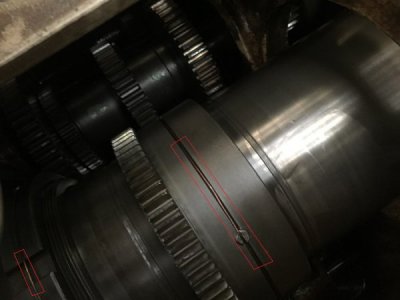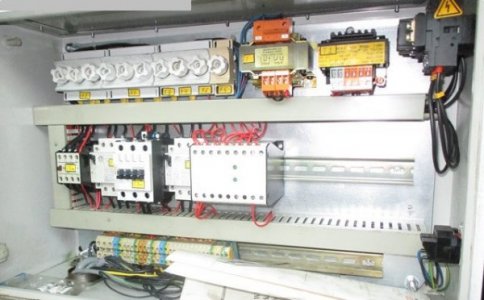- Joined
- Jan 22, 2011
- Messages
- 8,032
That lathe reminds me very much of one I ran back in the early 80's, I have a name in mind but not sure about the spelling and google suggestions that lead to lathes are not bringing me the right pics. I'll keep hunting. As I remember it, it was built in Romania. There was a couple of factory reps who came in to replace a noisy gear or bearing. They didn't speak much English as I recall. If it's basically the same lathe, it's a hoss. There aren't that many machines with the oil bubble on top like that, but the one I ran had one. Surely it's from the same family. It's long gone from the shop it was in then. We wore it out in about 5 years, but it was really, really pushed hard. Oilfield money was good at the time right before that crash, so we were busy busy. I'll keep looking and maybe I'll get the name right.
Seems like you came away with a good machine. There are plenty of ways to work around most wear on a lathe. I can't really understand the popular fascination folks seem to have with putting their machines on wheels though. I do understand those who have to share a space with a car, or really have limited room, but I am just used to larger, heavier machines that are intended to be stationary. In my mind, I guess I connect precision with stability and even though I know people use jack bolts to get the weight back where it belongs, somehow it just seems wrong to me. Must work out ok though, lots of people do it. I'm just not one of them. I work hard to get my machines sitting where and how I want. I'm not anxious to move them lol.
Seems like you came away with a good machine. There are plenty of ways to work around most wear on a lathe. I can't really understand the popular fascination folks seem to have with putting their machines on wheels though. I do understand those who have to share a space with a car, or really have limited room, but I am just used to larger, heavier machines that are intended to be stationary. In my mind, I guess I connect precision with stability and even though I know people use jack bolts to get the weight back where it belongs, somehow it just seems wrong to me. Must work out ok though, lots of people do it. I'm just not one of them. I work hard to get my machines sitting where and how I want. I'm not anxious to move them lol.


